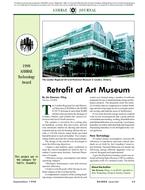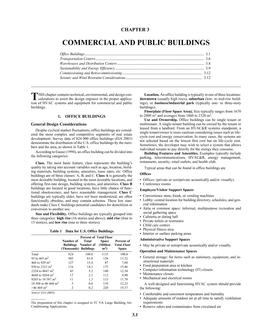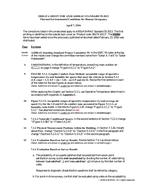Sampling efficiency of bio-samplers needs to be evaluated to interpret the result of airborne micro-organism measurements for health risk assessment. A method for evaluating efficiency of bio-samplers is described. With this method, the physical and biological efficiency of four bio-samplers were determined by sampling the bio-aerosols after aerosolizing the microbial suspensions (Enterococcus faecalis, Escherichia coli, Campylobacter jejuni, Mycoplasma synoviae and Gumboro vaccine virus) with or without a tracer.
The results show that micro-organisms can be killed due to additives, and may lose viability and infectivity in pre- and postsampling processes. Compared to MD8 with a gelatine filter, which was used as the reference sampler for physical efficiency the physical efficiency of a high flow rate bio-sampler, OMNI-3000 was significantly lower (62 ± 6%, P < 0.01). The low estimated physical efficiency of the Andersen six stage viable bio-sampler, 28 ± 8%, was obtained mainly because of the low recovery of tracer from its agar plate, but not because of the sampling. The physical efficiency of All Glass Impinger, AGI-30, was comparable with that of MD8 (112 ± 4%). The biological efficiency was different between bio-samplers, and was species dependent. The biological efficiency of Andersen sampler and AGI-30 was high for all microbial species, while OMNI-3000 has low biological efficiency for C. jejuni and Gumboro vaccine virus; and MD8 has low biological efficiency for C. jejuni.
The evaluation method described in this paper proved to be effective to determine pre- and post-sampling losses of bacteria and virus and to separately determine physical and biological efficiency.
Citation: IAQ Conference: IAQ 2010: Airborne Infection Control
Product Details
- Published:
- 2011
- Number of Pages:
- 6
- File Size:
- 1 file , 500 KB
- Product Code(s):
- D-IAQ2010-C105-10


